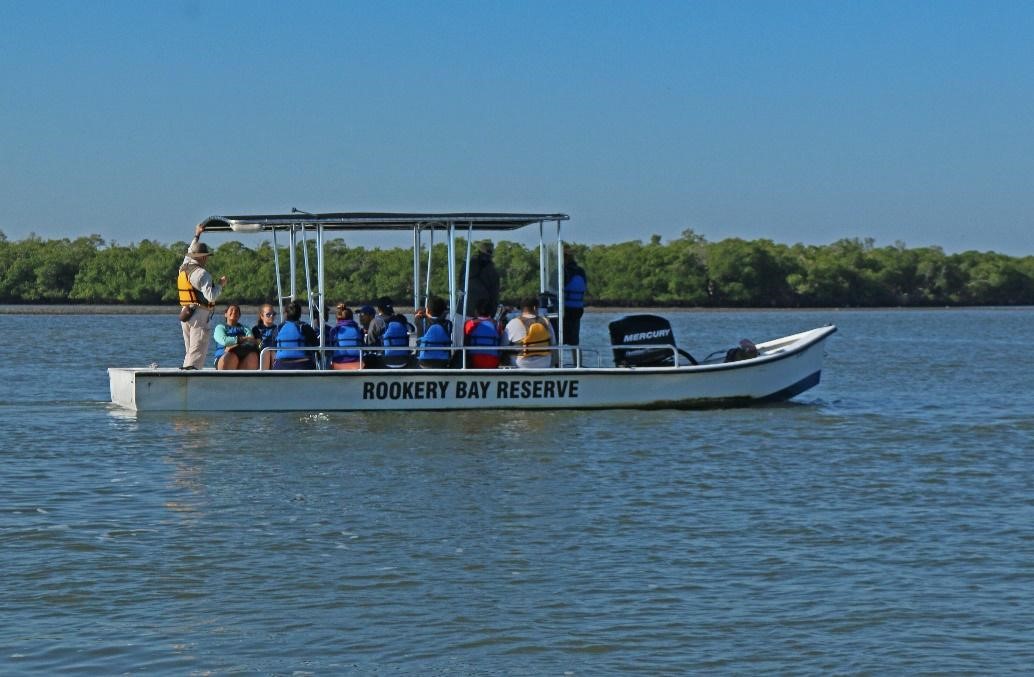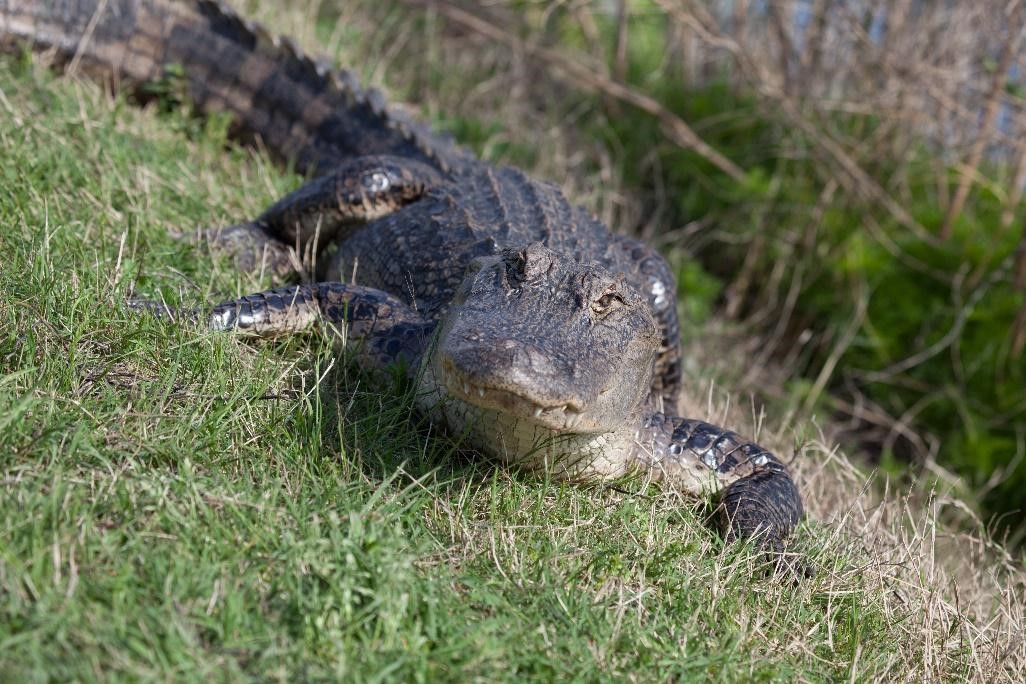Four Research Reserves Produce $165 Million in Yearly Economic Benefits
The Takeaway: The four Florida and Oregon reserves studied feature innovative programs and a combined 423,475 acres of habitat, all of which keep nature-based businesses, researchers, and nonprofits humming along.
What is the value of a research reserve? While the scientific, community, and educational benefits of the National Estuarine Research Reserve System are well documented, the economic impacts can be harder to uncover.
That’s why a recent economic study was undertaken. Four of the nation’s 30 national estuarine research reserve sites were involved in the initial study—Oregon’s South Slough Research Reserve and Florida’s Apalachicola, Guana Tolomato Matanzas, and Rookery Bay Research Reserves. Study findings show that these reserves generate more than $165 million in annual revenue, including $56.4 million in wages and at least 1,762 jobs.
The pilot study, by the Office for Coastal Management and Eastern Research Group, was supported by Pew Charitable Trusts.
“While these results can’t be extrapolated for all reserves, the study does help us understand our economic impacts and pave the way for other sites to be studied,” says Erica Seiden, manager of the research reserve program at NOAA’s Office for Coastal Management.
Estuarine ecology is protected and studied at each site in the National Estuarine Research Reserve System. The program is made possible by the federal Coastal Zone Management Act and a partnership between NOAA and the coastal states. NOAA provides the funding and national guidance. A lead state agency, or a university with input from local partners, manages each site.
Boosting local businesses

The four reserves’ strong relationships with local partners are one reason for the study’s impressive economic findings. Many ecotourism-related businesses, such as local nature guide services, kayak rentals, and area restaurants and hotels, depend either partly or totally on these rich wildlife and aquatic habitats to support operations and attract visitors, which total one million people per year.
Other partners include school programs and coastal managers seeking education and training opportunities, plus environmental researchers, institutions, and nonprofits.
Authors of the report analyzed the following economic contributions:
- Reserve operational spending
- Reserve visits
- Employees and visits to each reserve’s partner facilities
Site-by-site benefits are highlighted below.
Guana Tolomato Matanzas Research Reserve
This reserve’s rich mangrove and salt marsh habitat nurtures calving right whales and hosts nurseries for American alligators, dolphins, bald eagles, and manatees. Visitors flock to this spot for educational activities, beach visits and hiking, kayaking, fishing, horseback riding, and research projects. The habitat also supports an area oyster fishery because it nurtures oyster reproduction. This site spans St. Johns and Flagler Counties, just south of Jacksonville (Duval County). The study analyzed the reserve’s economic contributions to all three counties.
- Annual revenue generated: $57.6 million, including $20 million in labor income. Labor income includes employee wages and benefits and some income to the self-employed
- Jobs: 521
- Annual visitors: 222,361
- Acreage: About 73,000
Rookery Bay Research Reserve
More than 90 percent of the reserve’s visitors in 2019 were canoers, kayakers, and other boaters. Its mangrove, marsh, and upland habitat draws dolphins, manatees, and approximately 150 bird species. Crabs, tarpon, and snappers also breed here. The reserve’s innovative partnership with a local ecotourism company eventually could generate $1 million annually, with a portion going to support an environmental nonprofit, Friends of Rookery Bay. The site spans Collier and Lee Counties.
- Annual revenue generated: $55 million, including $19 million in labor income
- Jobs: 512
- Annual visitors: 285,369
- Acreage: About 110,000
Apalachicola Research Reserve
Commercial and recreational fishing is the lifeblood of this coastal economy, and its many waterways nurture dozens of prized freshwater and saltwater catches. The Apalachicola Research Reserve does its part, supporting a culturally and historically important fishery that generates $14 million to $16 million annually and provides direct support to up to 85 percent of the local population. Dolphins, fiddler crabs, and more than 280 native bird species also live here. The reserve spans Franklin, Gulf, and Calhoun Counties.
- Annual revenue generated: $46.4 million, including $15.1 million in labor income
- Jobs: 664
- Annual visitors: An estimated 476,077 to 563,271
- Acreage: Nearly 235,000

South Slough Research Reserve
The reserve’s diverse habitat features streams and forests, marshes, mudflats, and eelgrass beds that support commercial oyster growers and feed nursery areas for elk, herons, salmon, and bald eagles. What’s more, the reserve has invested funds and many staff member hours on an interpretive center and visitor programming. The site's hiking and water trail systems, and paddle equipment for rent, are attracting more people to the reserve and more dollars to the paddle-sport economy along Oregon’s South Coast.
- Annual revenue generated: $6.1 million, including $2.3 million in labor income
- Jobs: 65
- Annual visitors: 9,947
- Acreage: Nearly 5,000

More to Come
The Florida and Oregon reserves studied provide powerful ways to support coastal economies and ecosystems. This message is not lost on advocates in Connecticut and Louisiana, who are on track to designate their own reserves, or in Wisconsin, where a second reserve is in the planning stages.
The study findings should not be used to make reserve-to-reserve comparisons, because sites vary widely in size, mission, and accessibility. For more on the study, email coastal.info@noaa.gov. To learn more about NOAA’s national estuarine research reserves, view this site. (2021)
Partners: Eastern Research Group, NOAA Office for Coastal Management, Pew Charitable Trusts, and the Apalachicola, Guana Tolomato Matanzas, Rookery Bay, and South Slough Research Reserves.
PRINT